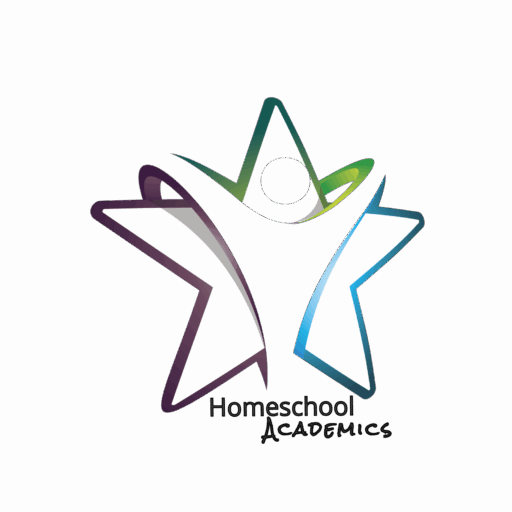Language disorders can affect a person’s ability to understand, express, or process language. Here are the main types of language disorders:
Receptive Language Disorder
- Description: Difficulty understanding or processing language.
- Symptoms: Trouble following directions, difficulty understanding questions or spoken instructions, and challenges grasping the meaning of words or sentences.
- Common in: Mixed Receptive-Expressive Language Disorder, Auditory Processing Disorder (APD).
Expressive Language Disorder
- Description: Difficulty in expressing thoughts or ideas through language.
- Symptoms: Struggles with forming sentences, using correct grammar, finding the right words, and organizing thoughts coherently when speaking or writing.
- Common in: Dysphasia, Mixed Receptive-Expressive Language Disorder.
Mixed Receptive-Expressive Language Disorder
- Description: A combination of difficulties in both understanding and expressing language.
- Symptoms: Trouble understanding language (receptive) as well as expressing language (expressive). Difficulty can be seen in both spoken and written communication.
Phonological Disorder
- Description: Difficulty with the sound system of language and understanding phonemic awareness (the ability to recognize and manipulate sounds).
- Symptoms: Mispronunciation of words, trouble distinguishing between sounds, and difficulty learning how to read or write.
Pragmatic (Social) Communication Disorder
- Description: Difficulty using language socially, including using appropriate greetings, taking turns in conversation, and understanding sarcasm or humor.
- Symptoms: Inability to match language to the social context, difficulty in maintaining conversations, and misunderstanding nonverbal cues or conversational norms.
Aphasia (Dysphasia)
- Description: Loss or impairment of language abilities due to brain damage, often from a stroke, brain injury, or neurological condition.
- Types:
- Broca’s Aphasia: Difficulty producing speech but relatively preserved understanding.
- Wernicke’s Aphasia: Fluent but nonsensical speech and difficulty understanding language.
- Symptoms: Trouble speaking, finding words, or understanding language.
Language-Based Learning Disabilities (e.g., Dyslexia)
- Description: Difficulties related to understanding or producing language in an academic setting, such as problems with reading, writing, or spelling.
- Symptoms: Challenges with phonological awareness, spelling, reading comprehension, or written expression.
Selective Mutism
- Description: A complex anxiety disorder where a person (usually a child) is unable to speak in certain social situations despite being able to speak in others.
- Symptoms: Ability to speak freely at home but not in social or school settings.
Each of these disorders requires tailored support and intervention strategies to help with language development and communication.


